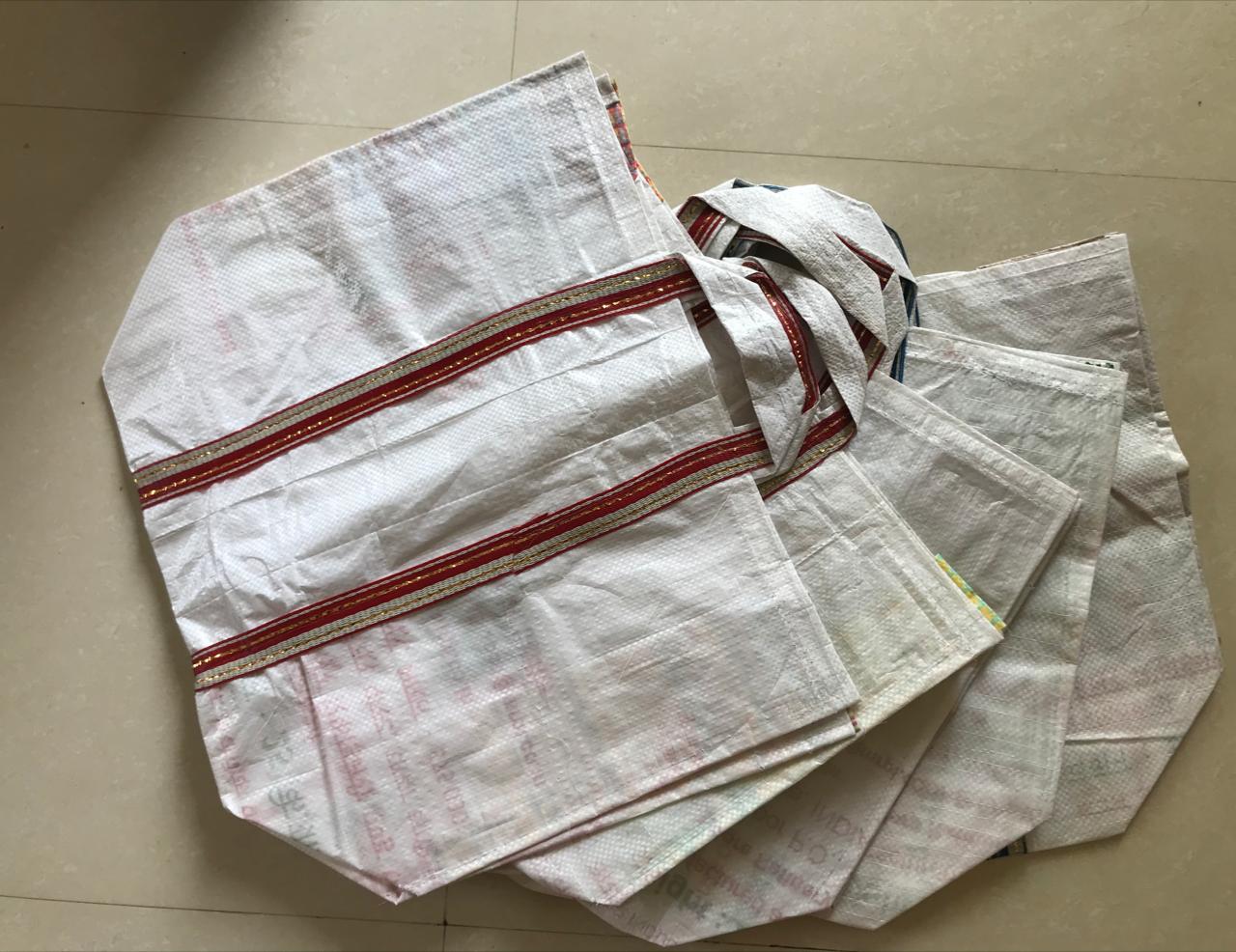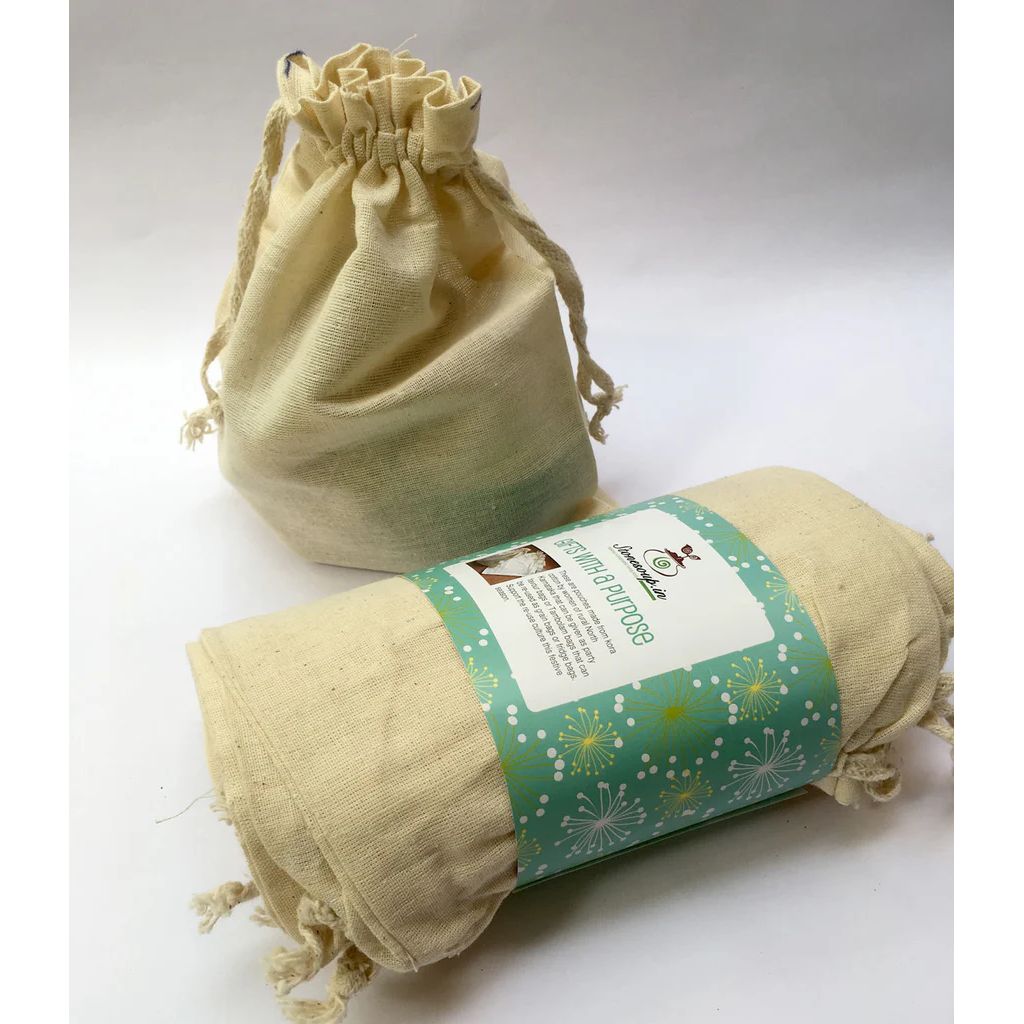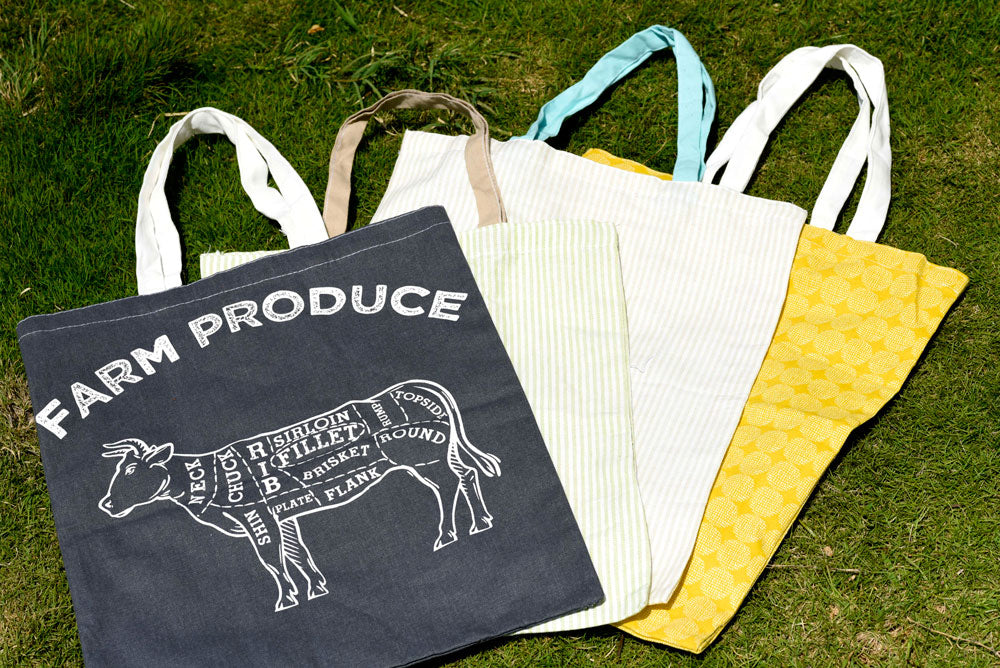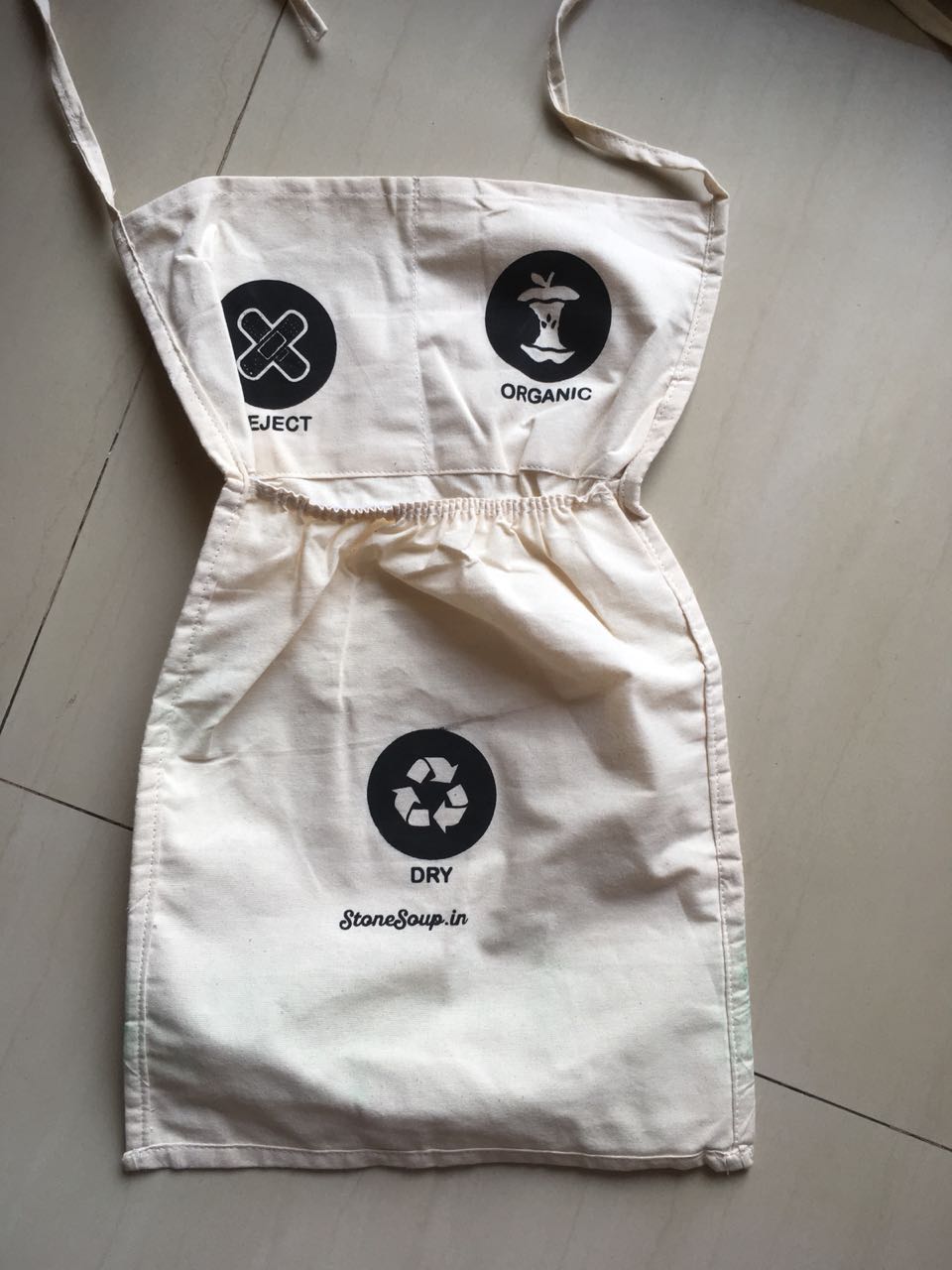Menstrual Cups have been around since the 1930s and in the US it was first manufactured in 1987. However, many still prefer to use Tampons and Sanitary Pads over Menstrual Cups.

Menstrual Cup Dangers - Are there any? Those Menstrual Cup Dangers are all in your head!
Menstrual Cups are said to be the most eco-friendly alternative to Sanitary Pads and Tampons.
"Women's Voices for the Earth have protested against P&G for its use of chemicals in feminine care products, while toxic shock syndrome is the best-known illness associated with tampons, advocates like Ms. Switalski are now more concerned with chemicals linked to cancer and allergies.
They found that fragrances can be particularly problematic for consumers seeking more detailed information about their personal care products. Many personal care products companies simply list “fragrance” as an ingredient. (P.&G. describes it as “like those found in other women’s products.”)
Fragrances, however, can be made up of dozens of undisclosed chemicals that worry consumer advocates. Women’s Voices for the Earth says it found chemicals including styrene and chloroform in several of P.&G.’s feminine napkins."
You can read the full article here
So, what is a Menstrual Cup and how it works?

Just before your period starts fold the cup and insert it like a tampon without an applicator. When inserted in a correct manner, you shouldn’t feel it. It is very similar to inserting a diaphragm or a birth control ring.
The cup springs open inside and sometimes you might have to slightly rotate it. The cup forms a seal by creating a vacuum and prevents it from leaking.
To remove the cup you need to pinch the bottom to release the seal and pull it out gently.
Why should you buy a Menstrual Cup?

You can leave it in for 12 hours - Yes! you heard that right, you don’t have to empty your cup every 4-5 hours like your tampons or sanitary pads. It can hold blood up to 12 hours. It is perfect for overnight usage as well.
It can hold more blood - A cup can hold up to 23 ml of blood, which is twice more than a tampon or pad, so even during your heavy flow you don’t have to worry about leakage or emptying every few hours.
Say No to Horrible Odour - Menstrual blood starts to smell when it comes in contact with air. In case of a menstrual cup, it forms an airtight seal which helps in controlling the smell.
Why is it safe - Menstrual Cup is safer because it has a lower risk of toxic shock syndrome, a bacterial infection also prevents rashes and chafing.
Celebrate your Freedom - Yes! You love being active, want to go for a swim or play in the water at the beach, you can do all these activities when you are menstruating by using a menstrual cup because it is an airtight seal that can hold all the blood and won't leak.
Real Menstrual Cup Dangers
Menstrual Product Manufacturing Industry Suffers - When women start using a menstrual cup, the demand for sanitary pads and tampons will go down which will affect feminine care product industries and others which are directly or indirectly related to it.
In India, women majorly use Sanitary Pads or Tampons.
Women with a heavy flow might use around 12 pads per month. A pack 30 whisper ultra pads costs around Rs. 300. Whereas, a Stonesoup cup costs Rs. 835 that can last for 10years.
The number of Sanitary Pads used by a woman in a year - 12*12 = 144
And number of Sanitary Pads used by a woman in 10 years - 10*144 = 1440 years
India has a total population of 1.32billion out which women population is around 0.58 billion.
Can you even imagine the harmful carcinogenic plastic waste generated just by your Sanitary Pads and Tampons which are not just harmful to the environment but also for yourself, causing a lot of fertility and hormonal issues along with a high risk of the scariest disease, cancer?
Thus, a menstrual cup will not only help save the environment or the amount of cash spent monthly, it will also help reduce the health issues related to the reproductive system while further reducing the risks of cancerous disease.

Ditch the disposables and say yes to sustainable options, buy your menstrual cup or cloth pads from Stonesoup





unable to insert it correctly. there’s always leak and spills